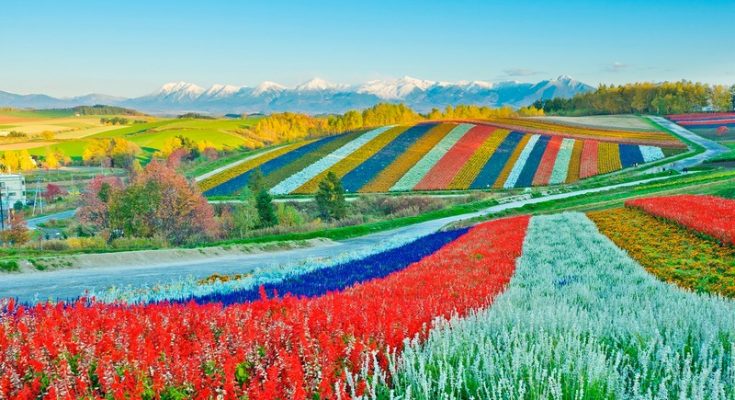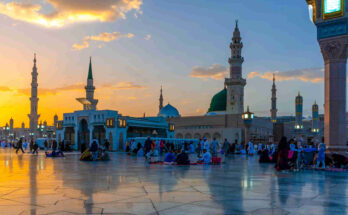The northernmost island of Japan, Hokkaido, is home to some of the country’s most stunning scenery and a kind and inviting culture. However, you’ll need a foolproof plan if you want to make the most of a big tourist destination like Hokkaido and its numerous stunning vistas. We understand that you may have had some questions or concerns during the planning of this event, and we’re here to address them head-on.
Learn more about the Hokkaido climate, the driving times between major attractions, the must-see spots at hokkaido tour, and anything else that can improve your trip experience.
Hokkaido, No. 1 The territory of Japan is enormous. Make careful to organise your schedule ahead of time.
Hokkaido is Japan’s largest island and the country’s northernmost region. The land area of Hokkaido constitutes 22 percent of Japan’s total land area, or roughly a quarter of the country. In terms of land area, this prefecture is the largest in Japan. New Chitose Airport is around 31 miles (50 km) from Sapporo, Hokkaido’s capital city. This is something that must be taken into account.
What are the best months to visit Hokkaido?
Keep in mind that Hokkaido happens to be situated at a northern latitude of 41–45 degrees, making it the same latitude as other frostier regions around the world, including the southern-central region of France, the northern region of Spain, the northern-central region of Italy, New York City, and Toronto, where temperatures can vary greatly even within the span of a single day.
Can you describe winter in Hokkaido?
The months of January and February in Hokkaido are chilly and snowy, making them ideal for winter activities like skiing and snowboarding.
Hokkaido experiences snowfall even in the lowerlands beginning in November, with the highest total snowfall accumulation occurring in January and February.
The average temperature in Hokkaido drops to as low as -3.6 degrees Celsius in January, according to the Japan Meteorological Agency. (about 25F). Wear a warm coat and other protective gear to keep the cold at bay, such as a hat, gloves and maybe even a muffler or ear warmers to keep your ears toasty. Roads frequently freeze over in the winter, making driving exceedingly dangerous. In order to maintain a firm grasp on the ground when out and about this winter, it is recommended that you wear shoes with grooved soles.
Depending on where on the enormous island you are, winter temperatures in Hokkaido can range from as low as -20 to -30 degrees Celsius (-4 to -22 degrees Fahrenheit). Before setting out on a trip, it’s a good idea to research the typical temperatures in the area. This will greatly enhance the quality of your trip.
Hokkaido outside Sapporo: a guide to getting around
While bus travel may add time to your trip, the cost is usually far lower. There are buses that operate all night, so visitors may get some shut-eye on the way to their next destination and wake up refreshed and ready for more exploration.
There are many convenient automobile rental agencies in Hokkaido. However, if your vacation will take place in the summer or will coincide with certain holidays in Japan, you are strongly encouraged to make a reservation in advance as soon as you are able to confirm your trip. Your reservation will guarantee that a car is waiting for you at the airport, even during these extremely busy times.




